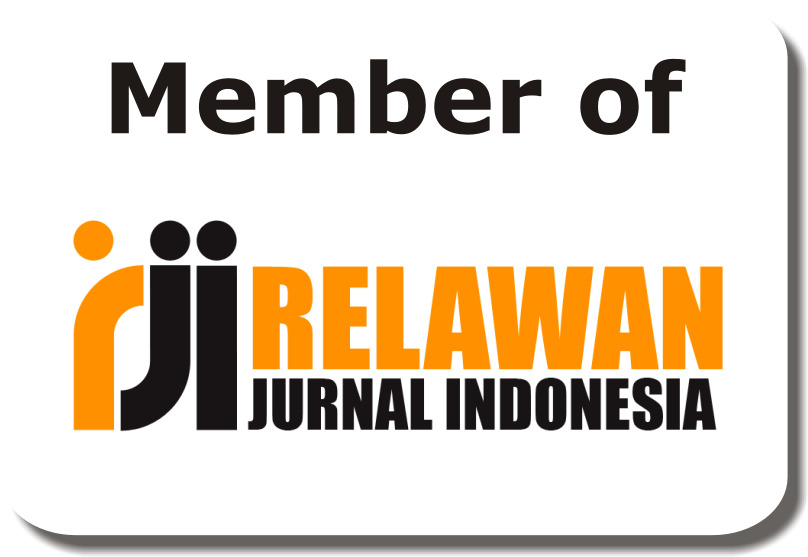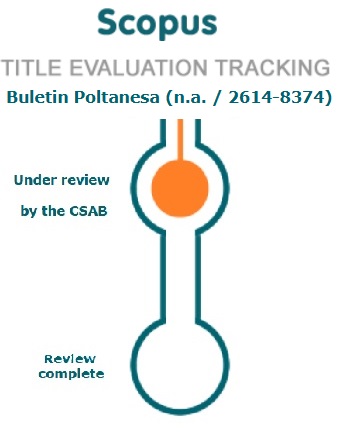Implementation of the Government Internal Control System in Accounting and Financial Reporting Practices: A Case Study at the Southeast Pontianak Sub-District Office
DOI:
https://doi.org/10.51967/tanesa.v26i1.3383Keywords:
SPIP, Governance, Policy Implementation, Sub-District, Accountability.Abstract
In an effort to strengthen good governance, the Government Internal Control System (SPIP) is a strategic instrument to improve accountability, transparency, and efficiency in the public sector. This study aims to explore the implementation of SPIP in the Southeast Pontianak Sub-district Office, identify the challenges faced, and understand the factors that affect its effectiveness. Using a qualitative approach with a case study method, data was collected through in-depth interviews, participant observations, and document analysis. The research informants were selected purposively from the structural ranks and technical staff of the sub-district. The results of the study show that the implementation of SPIP is still administrative and has not been fully integrated in financial management practices and public services. The five elements of SPIP the control environment, risk assessment, control activities, information and communication, and monitoring have not been carried out systematically. The main challenges include low understanding and competence of human resources, lack of leadership commitment, limited supporting infrastructure, weak technical regulations at the sub-district level, and ineffective evaluation mechanisms. Employee perceptions of SPIP also show that there is a gap between policies and practices in the field. In conclusion, the implementation of SPIP at the Southeast Pontianak Sub-district Office is still not optimal and requires comprehensive interventions, including strengthening human resource capacity, improving proactive leadership, and integrating SPIP into a more adaptive and participatory government management system. The results of this study are expected to be the basis for improving SPIP implementation policies at the local level.
References
Bay, P. G., & Tunti, M. E. D. (2019). Pengaruh Sistem Pengendalian Intern Pemerintah dan Kompetensi Sumber Daya Manusia Terhadap Efektivitas Pengelolaan Keuangan Daerah. Jurnal Akuntansi: Transparansi Dan Akuntabilitas, 7(2), 138–147.
Creswell, J. W., & Poth, C. N. (2018). Qualitative inquiry and research design: Choosing among five approaches (4th ed.). SAGE Publications.
Lester, J. P., & Goggin, M. L. (1998). Back to the Future: The Rediscovery of Implementation Studies. Policy Currents, 8(3), 1–9.
Mahmudi. (2017). Manajemen Kinerja Sektor Publik. Yogyakarta: UPP STIM YKPN
Mardiasmo. (2018). Akuntansi Sektor Publik. Yogyakarta: Andi Offset.
Marshall, B., Cardon, P., Poddar, A., & Fontenot, R. (2013). Does sample size matter in qualitative research?: A review of qualitative interviews in IS research. Journal of Computer Information Systems, 54(1), 11-22.
Maxwell, J. A. (2013). Qualitative research design: An interactive approach (3rd ed.). SAGE Publications.
Merriam, S. B., & Tisdell, E. J. (2016). Qualitative research: A guide to design and implementation (4th ed.). Jossey-Bass.
Nurcholis, H. (2017). Teori dan Praktik Pemerintahan dan Otonomi Daerah. Jakarta: Grasindo.
Nurdin, G. (2019). Pengaruh Pengendalian Internal terhadap Transparansi Laporan Keuangan Pemerintah Daerah. Jurnal Riset Akuntansi dan Keuangan, 7(1), 19-28.
Nurhasanah, N. (2016). Efektivitas Pengendalian Internal, Audit Internal, karakteristik Instansi dan Kasus Korupsi (Studi Empiris Di Kementerian/Lembaga). Jurnal Tata Kelola & Akuntabilitas Keuangan Negara, 2, 27–48.
O'Toole, L. J. (2004). The Theory–Practice Issue in Policy Implementation Research. Public Administration, 82(2), 309–329. https://doi.org/10.1111/j.0033-3298.2004.00396.x
Pertiwi, D. (2016). Implementasi Sistem Pengendalian Intern Pemerintah (SPIP) dalam Mewujudkan Good Governance pada Dispenda Provinsi Sulawesi Selatan. Jurnal Akuntansi.
Prasetyo, A. G., & Kompyurini, N. (2017). Analisis Penerapan Sistem Pengendalian Intern Pemerintah (SPIP) dalam Mencegah Terjadinya Fraud pada Pemerintah Kota Surabaya. Jurnal Akuntansi dan Keuangan, 19(2), 67-76.
Putra, P. W. G. S., & Suwandana, I. G. M. (2019). Pengaruh Motivasi, Gaya Kepemimpinan Transformasional, Dan Lingkungan Kerja Fisik Terhadap Semangat Kerja Pegawai. E-Jurnal Manajemen Universitas Udayana, 8(5), 2973.
Sofyan, A. (2019). Implementasi E-Government dalam Pelayanan Publik di Era Revolusi Industri 4.0. Jurnal Ilmu Administrasi Publik, 7(2), 112-125.
Sofyani, H., & Akbar, R. (2015). Hubungan Karakteristik Pegawai Pemerintah Daerah dan Implementasi Sistem Pengukuran Kinerja: Perspektif Ismorfisma Institusional. Jurnal Akuntansi dan Auditing Indonesia, 19(2), 153-173.
Wasistiono, S. (2016). Manajemen Pemerintahan Daerah. Bandung: Fokusmedia.
Wibowo. (2019). Manajemen Kinerja. Jakarta: Rajawali Pers.
Widyaningtias, E. (2014). Pengaruh Sistem Pengendalian Internal, Pemanfaatan Teknologi Informasi dan kapasitas Auditor Internal Terhadap Kualitas Laporan Keuangan Bank Pembiayaan Rakyat Syariah se-Jabodetabek.
Yin, R. K. (2018). Case study research and applications: Design and methods (6th ed.). SAGE Publications
Downloads
Published
How to Cite
Issue
Section
License
Copyright (c) 2025 Buletin Poltanesa

This work is licensed under a Creative Commons Attribution-ShareAlike 4.0 International License.
The copyright of this article is transferred to Buletin Poltanesa and Politeknik Pertanian Negeri Samarinda, when the article is accepted for publication. the authors transfer all and all rights into and to paper including but not limited to all copyrights in the Buletin Poltanesa. The author represents and warrants that the original is the original and that he/she is the author of this paper unless the material is clearly identified as the original source, with notification of the permission of the copyright owner if necessary.
A Copyright permission is obtained for material published elsewhere and who require permission for this reproduction. Furthermore, I / We hereby transfer the unlimited publication rights of the above paper to Poltanesa. Copyright transfer includes exclusive rights to reproduce and distribute articles, including reprints, translations, photographic reproductions, microforms, electronic forms (offline, online), or other similar reproductions.
The author's mark is appropriate for and accepts responsibility for releasing this material on behalf of any and all coauthor. This Agreement shall be signed by at least one author who has obtained the consent of the co-author (s) if applicable. After the submission of this agreement is signed by the author concerned, the amendment of the author or in the order of the author listed shall not be accepted.








